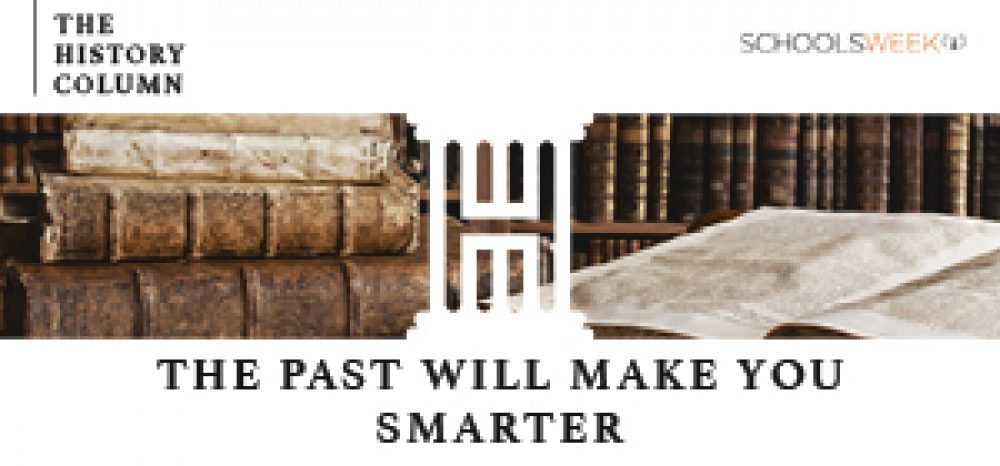The content of our textbooks is fine – to a point. The books do what they are sold to do: teach children what they need to pass the exam for which they’ve been written.
But these days a textbook is not, in a traditional sense, a textbook. It’s an exam primer. Current textbooks are crafted to “fit” exam specifications. They provide exactly what’s needed for students to pass the exam. Often no more, no less.
There was even a time when textbooks were so entwined with exams that the examiners wrote them. Failure to buy the correct textbook could mean disaster for a school. The situation isn’t so insidious today, but I still think we’ve got the relationship wrong.
In my research on the history of science education I’ve looked at syllabuses, textbooks, contemporary accounts of teaching and how schools organised the curriculum in the sciences. Reflecting on this, I realised textbooks bear little direct comparison to the textbooks of old; the sort Nick Gibb would recall from his school days.
My personal textbook library ranges from the 1960s to now. It shows a huge difference in content, format and, crucially, purpose.
Aside from modern textbooks including only a fraction of text found in the average one from the 1960 – even setting aside the difference in quality and clarity of drawings, photographs and use of colour – one thing really struck me. Mention of exams was rare in texts of yesteryear. Some contained “past questions”, but invariably the text concentrated on the subject matter. It was firmly focused on teaching knowledge and understanding of concepts, rather than the test.
My personal textbook library ranges from the 1960s to now. It shows a huge difference in content, format and, crucially, purpose
Sitting in a year 10 chemistry lesson last week, I was struck that a key objective was “how to answer a six-mark question”. The key aspects of learning focused on how to answer the question rather than understanding the concept. Of course, understanding helps any year 10 to gain full marks, but so does knowing the “command words” of the questions and ensuring key terminology is included in the answer.
If what we want is children to learn, understand and be able to articulate what they know about the subject, then the exam should not be dictating what’s in the textbooks. If anything, the textbooks should be the source of questions for the exam. The relationship between the two needs to be re-established, with the textbook and the subject in the dominant role.
I suspect – though this is not written with any disrespect to my fellow writers – that textbook authors are very much constrained with what they are allowed to write.
I know when I wrote key stage 3 textbooks many years ago there was severe pressure to follow the curriculum to ensure publishing “success”. Adding non-curriculum content to the textbook, or writing about things not strictly part of the curriculum was seen as risky.
I also recall that in one set of key stage 3 science assessments, written after the publication of my book, there was an explanation of the genetics of the plains zebra and its extinct relative the quagga (which had been used as an example in the textbook but hadn’t previously featured – to my knowledge – in any exam), which then ended up in a SATs test. In this case the textbook example was later used in a test, rather than the other way around
Our education system is too exam-driven at the cost of subject knowledge and understanding. The textbook, which is the very tool that should redress this imbalance, is failing to do so.
James Williams is a lecturer in science education at the University of Sussex school of education and social work







Organisations like PiXL explicitly and unashamedly encourage this sort of thing. Trouble is, spending time on exam technique at the expense of content often ends up with the student failing to get a decent grade in my experience!